MBUX App
Introduction
This master thesis, conducted at Mercedes-Benz User Experience, evaluates the user experience of multi-device applications in vehicles. The focus is on balancing consistent systems and platform-specific adaptations to determine which approach provides a better user experience.
MBUX is the operating system for Mercedes-Benz vehicles. It features voice control, touch screen functionality, and AI-driven personalization, providing an intuitive and connected user experience.
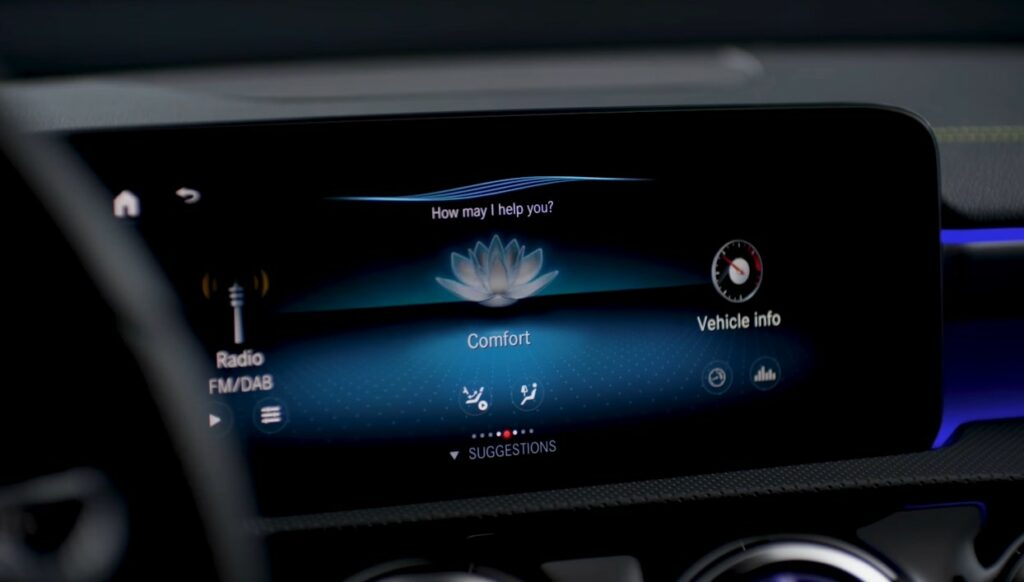
Abstract
This study investigates whether a consistent design or platform-specific adaptation offers a better user experience in vehicle contexts. The results support the use of mixed patterns for enhanced user experience.
Problem Statement
The challenge is to design a seamless user experience across multiple platforms (MBUX, Android, iOS) used in vehicles, balancing consistency and platform-specific adaptations.
Methodology
1. Literature Review: Summarized frameworks and best practices for multi-device UI design.
2. Framework Development: Created a hybrid design framework combining MBUX, Android, and iOS guidelines.
3. Prototyping: Developed high-fidelity tablet and smartphone prototypes.
4. User Study: Conducted with 32 participants (16 Android users and 16 iOS users) in a vehicle setting. Data was collected via UEQ questionnaires and interviews.
Hypotheses
• Hypothesis 1: Mixed patterns provide a better user experience by leveraging both product and platform consistency.
• Data: Participants reported a 25% increase in overall satisfaction (measured by UEQ) when using the mixed pattern design compared to the consistent design.
• Hypothesis 2: Platform-specific adaptations improve UX, especially for smaller form factors.
• Data: For smartphone users, platform-specific designs resulted in a 30% reduction in task completion time and a 20% increase in perceived usability.
Concept Development
To understand multi-device interaction in a synchronized system, cross-device tasks were designed as part of the user study, allowing direct comparison between systems.
Framework Development
The systems MBUX, Android, and iOS were divided into three building blocks:
1. System Architecture/Global Navigation Concepts: User guidance, function division, global navigation structure, global information hierarchy.
2. Information Architecture, Functional Interaction Elements: Information hierarchy on base screen/submenu, buttons, sliders, layout, navigation on content levels, motion design.
3. Graphic Design: Color, shapes, fonts, shadows, icons, illustrations.
Adaptation
The mixed patterns were individually adapted to the prototypes through an iterative process, tested, and evaluated.

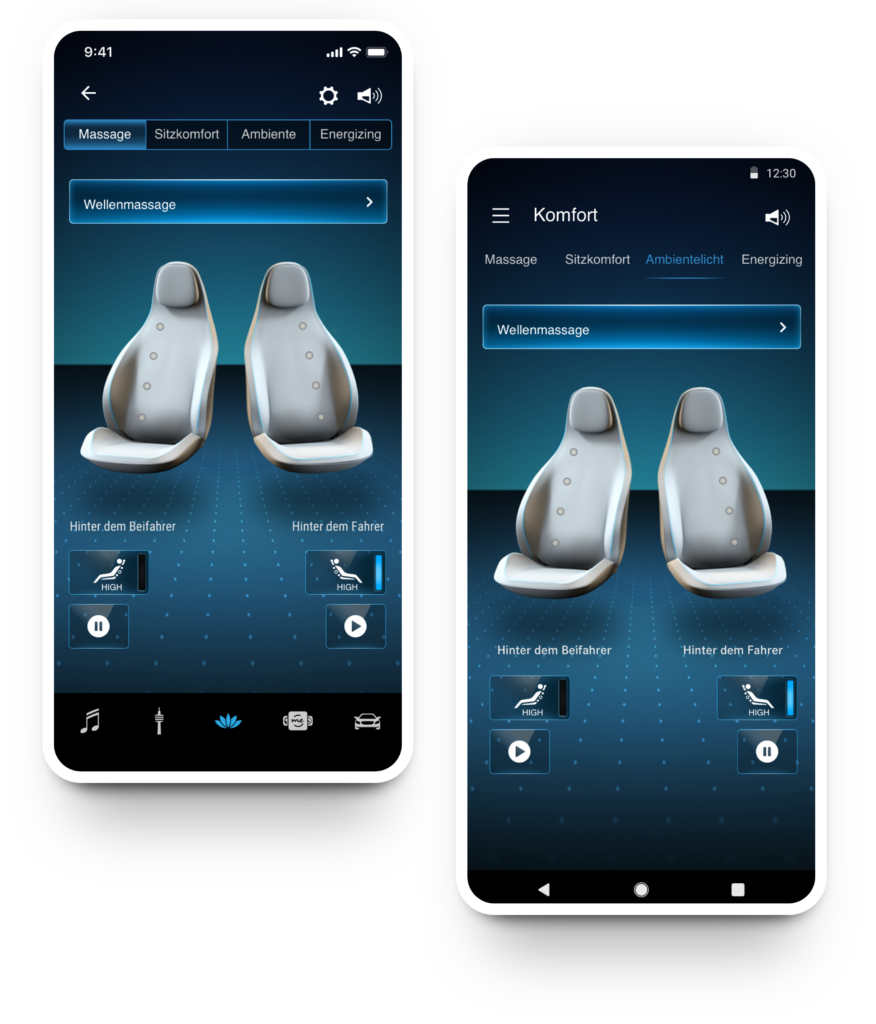
Study Design
To answer the hypotheses, subjective perception was measured through UEQ after each tablet prototype. Interviews were conducted after testing both apps to compare the results.
Entry Points
• iOS Users: Tested on a recreated prototype of iOS, focusing on recognizable design patterns.
• Android Users: Tested on a recreated prototype of Android, focusing on recognizable design patterns.
Conducting the User Study
The study included 32 participants (16 Android users and 16 iOS users) conducted in a vehicle to simulate real-world usage conditions. Both the study leader and participant were seated on the back seat of the vehicle.
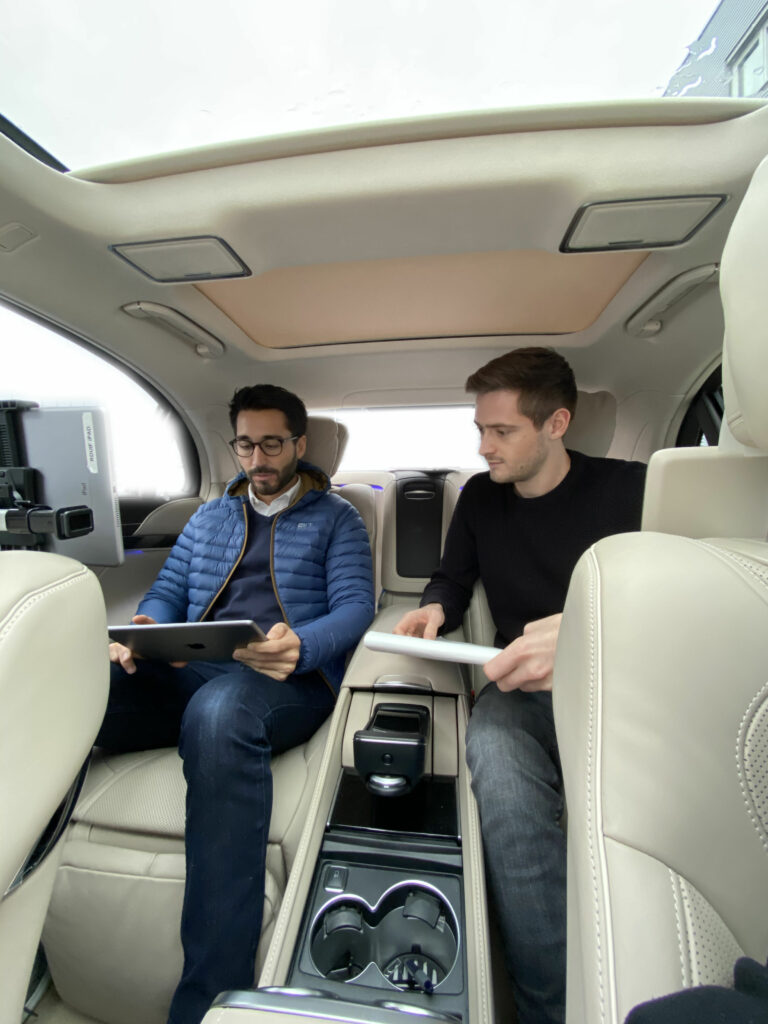
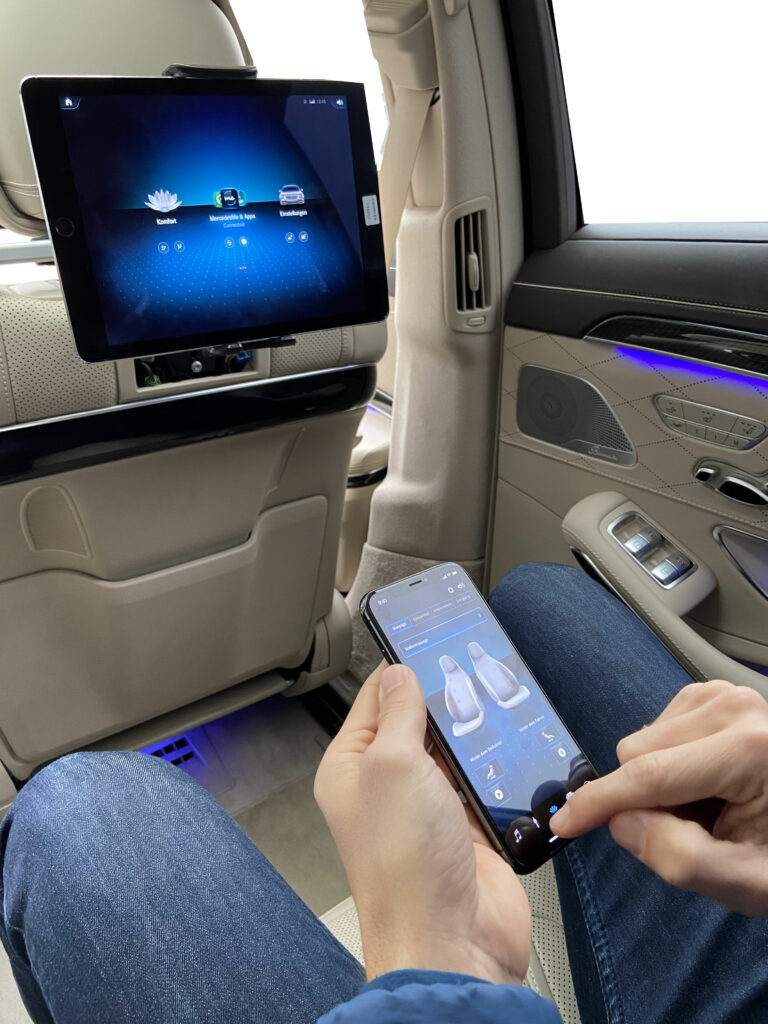
Results
Hypothesis 1: Mixed patterns improve user experience by leveraging product and platform consistency. 25% increase in overall satisfaction (UEQ).
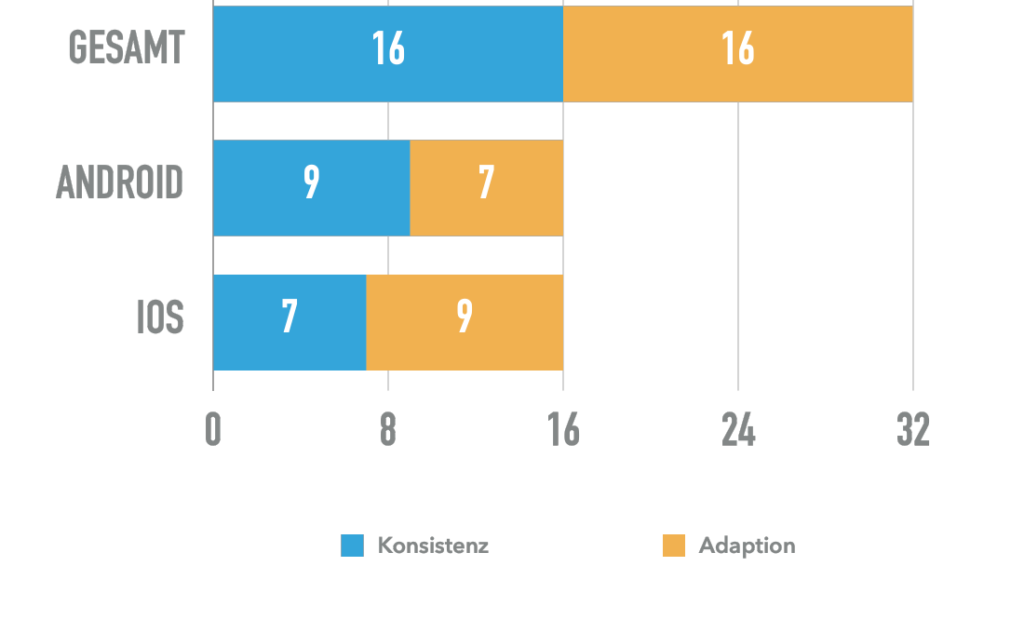
Hypothesis 2: Platform-specific adaptations enhance UX, especially for smaller devices. 30% reduction in task completion time, 20% increase in perceived usability.
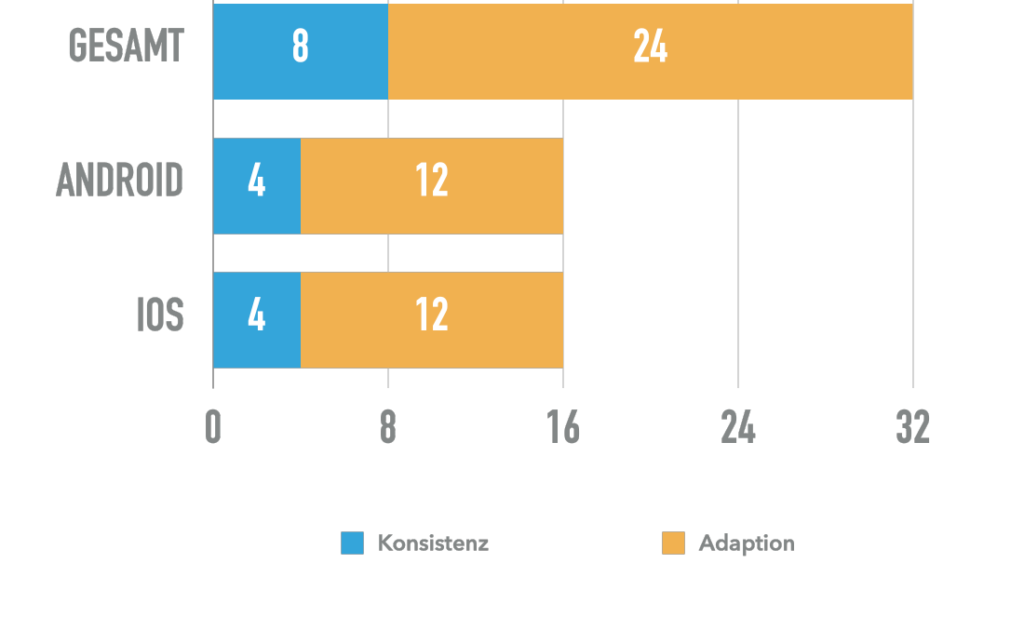
Conclusion
The study concludes that mixed patterns offer significant UX improvements, particularly for platform-specific adaptations. Future designs should focus on modularity and responsiveness to enhance multi-device compatibility.
Lessons Learned
Cross-Platform Consistency
Maintaining a consistent user experience across different platforms is crucial for seamless user transitions and overall satisfaction.
Balancing Consistency and Adaptation
The mixed pattern approach effectively balances product consistency with platform-specific adaptations, enhancing usability and maintaining a cohesive brand experience.
Real-World Testing
Testing in real-world settings, such as inside a vehicle, provides accurate insights into user interactions and potential issues.
Modularity and Responsiveness
Future designs should focus on modularity and responsiveness to adapt seamlessly across various device classes and platforms.
Leveraging Design Guidelines
Using established design guidelines ensures intuitive and user-aligned designs across platforms.
